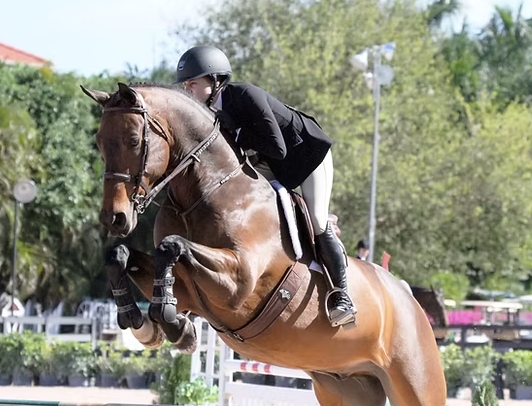Understanding the EQ Horse: The Importance of Emotional Intelligence in Equine Interactions
In the world of horse riding and training, Emotional Quotient (EQ) plays a crucial role alongside a horse’s physical abilities. Just like humans, horses exhibit a range of emotions, and understanding these feelings can lead to more effective communication and stronger bonds. This topic is relevant for horse owners, trainers, and enthusiasts alike, as it fosters better relationships and enhances performance in various equestrian disciplines.
Recognizing Equine Emotions
Horses are incredibly sensitive creatures, able to pick up on subtle changes in their environment and the emotions of those around them. Recognizing when your horse is stressed, anxious, or content can dramatically improve your interactions with them. For instance, an anxious horse may display signs like pinned ears or a swishing tail, while a relaxed horse might lower its head or exhibit soft eyes. By paying attention to these signals, you can adjust your training and handling techniques, ensuring a more harmonious relationship and enhancing overall performance.
Building Trust Through Connection
Establishing a trustful connection with your horse is essential for success in any riding discipline. Emotional intelligence allows horse owners to empathize with their horses, creating a safe and supportive environment. Activities like groundwork and desensitization exercises can enhance this bond, allowing the horse to feel more secure. As trust develops, you’ll notice your horse becoming more relaxed and willing to engage, resulting in improved cooperation and responsiveness during rides.
Enhancing Communication with Non-Verbal Cues
Effective communication with horses often occurs through non-verbal cues. Horses are adept at reading body language, which means your posture, movement, and energy can significantly impact their behavior. By practicing calm and assertive body language, you can communicate more efficiently and connect on a deeper level. For example, leaning slightly forward when asking your horse to move can signal your intentions more clearly. This understanding not only fosters better training outcomes but also enriches the overall experience of working with your horse.
Conclusion
By embracing emotional intelligence in your approach to horse training and care, you cultivate a richer, more meaningful connection. Understanding your horse’s emotions, building trust, and enhancing communication lead to success in and out of the saddle. If you’re keen on deepening your bond with your horse, consider exploring resources on equine behavior and psychology or engaging with a knowledgeable trainer. Your horse will thank you!



